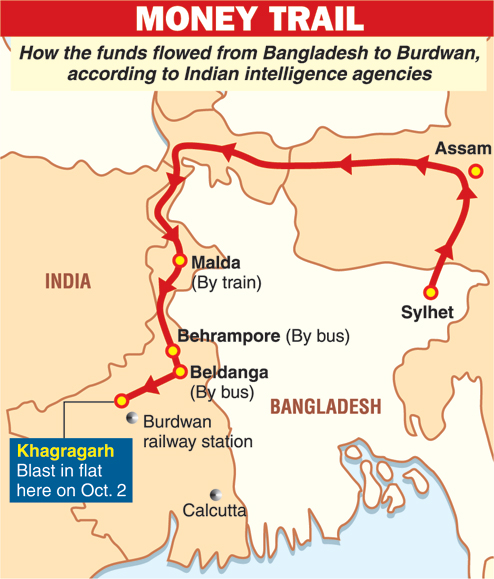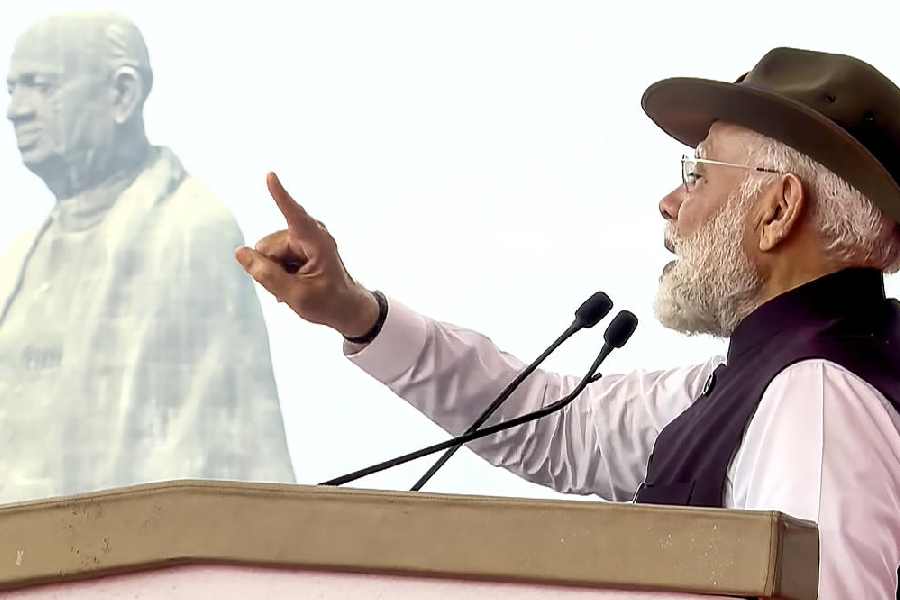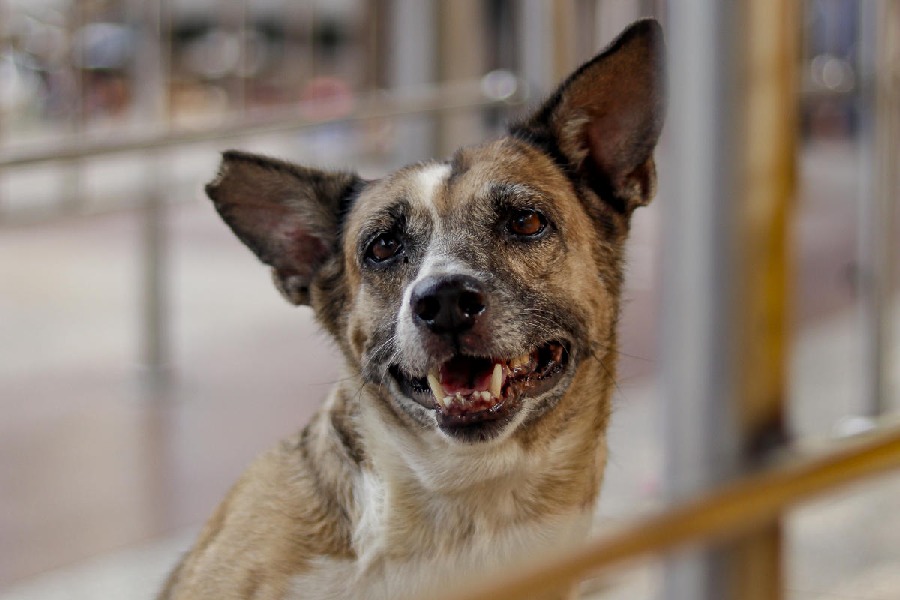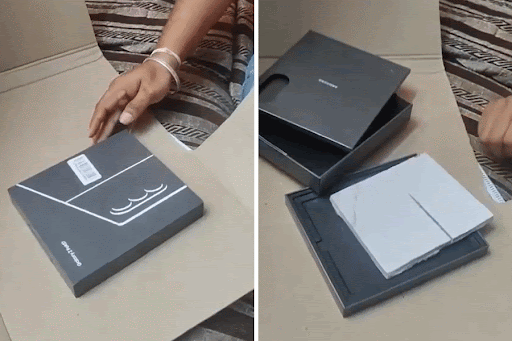 |
Calcutta, Oct. 11: Central intelligence agencies are looking for an Assam-based doctor who is suspected to have routed cash sent from Bangladesh to the bomb-making network in Bengal’s Burdwan.
The investigating agencies said they had gathered several details over the past few days on the way the network was functioning. Some of the information the officials shared was very specific but The Telegraph could not verify it independently, given the nature of the case and as the accused are either in custody or absconding.
The following are some of the details shared by the officials with this newspaper:
The money for the home-made bombs, known as improvised explosive devices in official parlance, was sent from Bangladesh and routed via Assam.
Different — and circuitous — routes were taken by the couriers for ferrying the cash and for exporting the bombs.
Care was taken to ensure that each cash consignment did not exceed six digits (less than Rs 10 lakh).
At least Rs 34,000 was handed over in three tranches to the module in the Burdwan flat, where a blast killed two persons and blew the lid off the network on October 2. (Cash totalling Rs 44,000 was found in the flat which was taken on a monthly rent of Rs 5,200 — far higher than the prevailing rates in Burdwan.)
An additional goodwill allowance of Rs 4,000 was given because of the festival season.
The Burdwan module was given Rs 500 apiece for assembling the bombs.
The central agencies feel the Assam-based doctor liaised between the Jamaat-ul-Mujahideen Bangladesh and the bomb-makers in Bengal. The doctor and his wife are absconding now, the officials said.
The agencies are yet to figure out how the funds from Bangladesh reached the doctor but added that they had a clearer picture of the events after the cash reached Indian soil.
Once the cash was taken across the border into India, the doctor would inform the module operators in Bengal, the officials said.
Operators like Kausar Ali — whose sketch has been released and for whom a manhunt has been launched — would arrange for collecting the cash from the doctor and deliver it to bomb-making units such as the one based in Burdwan, the officials added.
“Initially, we thought that the funds were routed through hundi (an unofficial channel)…. We also had apprehensions that fake Indian currency notes may have been pumped in. But the investigations reveal that the modules were getting money from Assam,” said an official.
“Kausar would engage three of his recruits in Burdwan for bringing in the money. They would travel over 1,000km to reach Assam but would never return using the same route. They would take a detour through north Bengal,” the investigator added.
On their home journey, the trio would board a train from Assam, get down at Malda station and then take a bus to Murshidabad. At Behrampore, they would break the journey and take another bus to Beldanga, where Kausar would take possession of the money.
He would keep the lion’s share and use the rest to pay those who were making the explosives, an official said.
Quizzing the two arrested women — Gulshan Bibi and Alima Bibi — the sleuths have learnt that the group was paid a little over Rs 500 for every piece of IED they assembled.
However, Kausar apparently paid them an extra amount for the festival season. “Kausar had till now paid the Khagragarh module Rs 34,000. For four consignments, Rs 20,000 was paid in two instalments. For the fifth consignment, Rs 14,000 was paid in advance on the day of the incident. Gulshan claimed that instead of the usual Rs 10,000, Kausar shelled out Rs 4,000 more because of the festival season,” said an official.
The fifth consignment was supposed to be sent to the border the next morning but the explosion foiled the plan.
Investigators have learnt that while Kausar’s men would travel to Assam to collect funds, the module would engage women to carry explosives to the border.
For the Khagragarh module, Kausar had tasked Gulshan and Alima with carrying the explosives to the border. Kausar, his brother-in-law Kodor and another associate, Rasik, accompanied them, the intelligence agencies have learnt.
“They would take an early-morning train from Burdwan, break the journey and reach Beldanga. The women would stash the IEDs in gunny bags with cloth padding and board only the women’s compartment. They would leave the bags near the door and settle on the other side so that they would be able to disclaim the bags in case they were frisked. The men would travel in the adjoining compartment and maintain contact through phone,” an official said.
After an overnight stay at a Beldanga hideout near the bus stop, the group would continue their journey the next morning and reach Lalgola by bus. From Lalgola, they would travel further 3km towards the border to reach a madarsa in a van.
The explosives would be handed over to their counterparts at the madarsa, the two women have apparently told the investigators. From there, a JMB operator would carry the explosives and sneak into Bangladesh.










